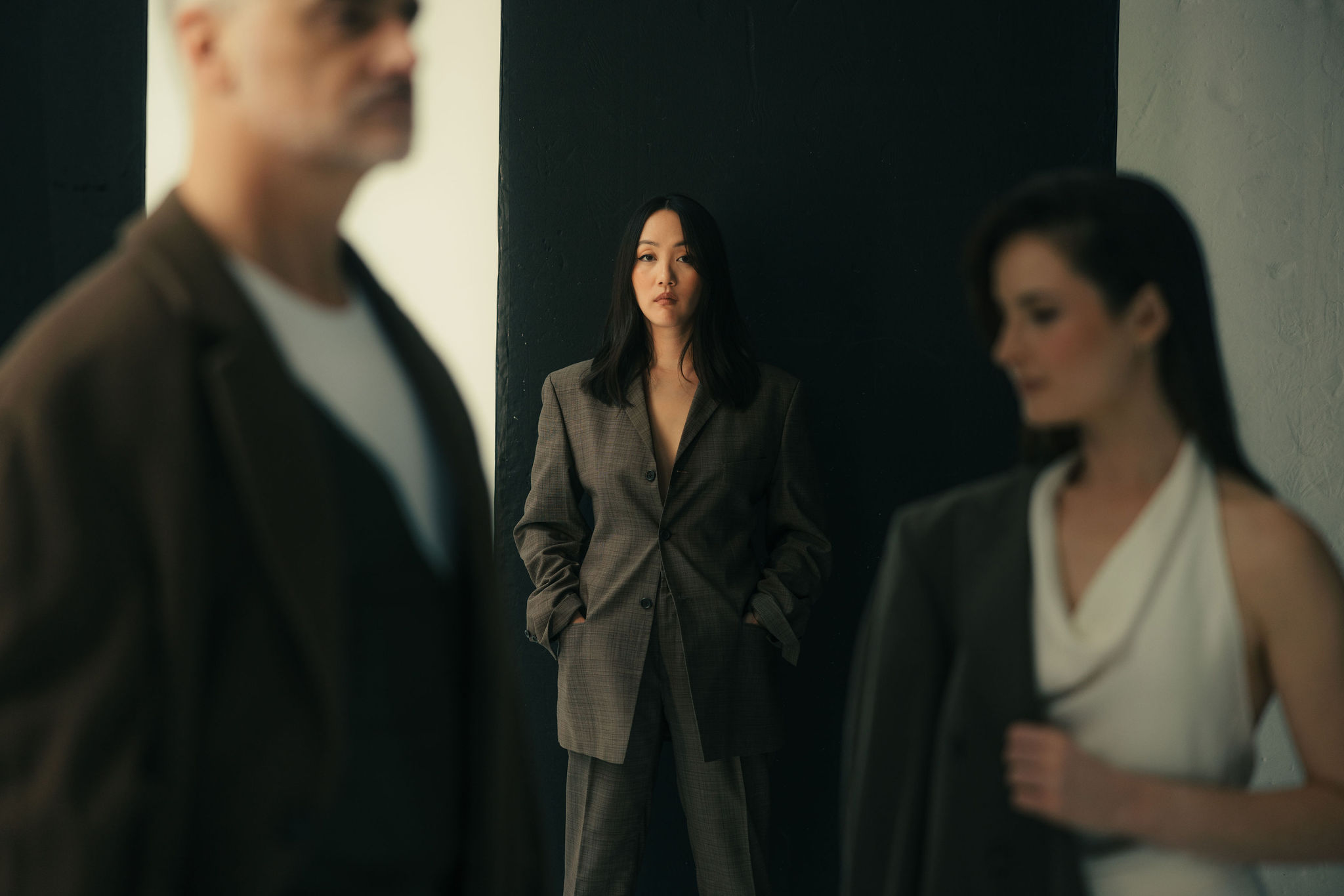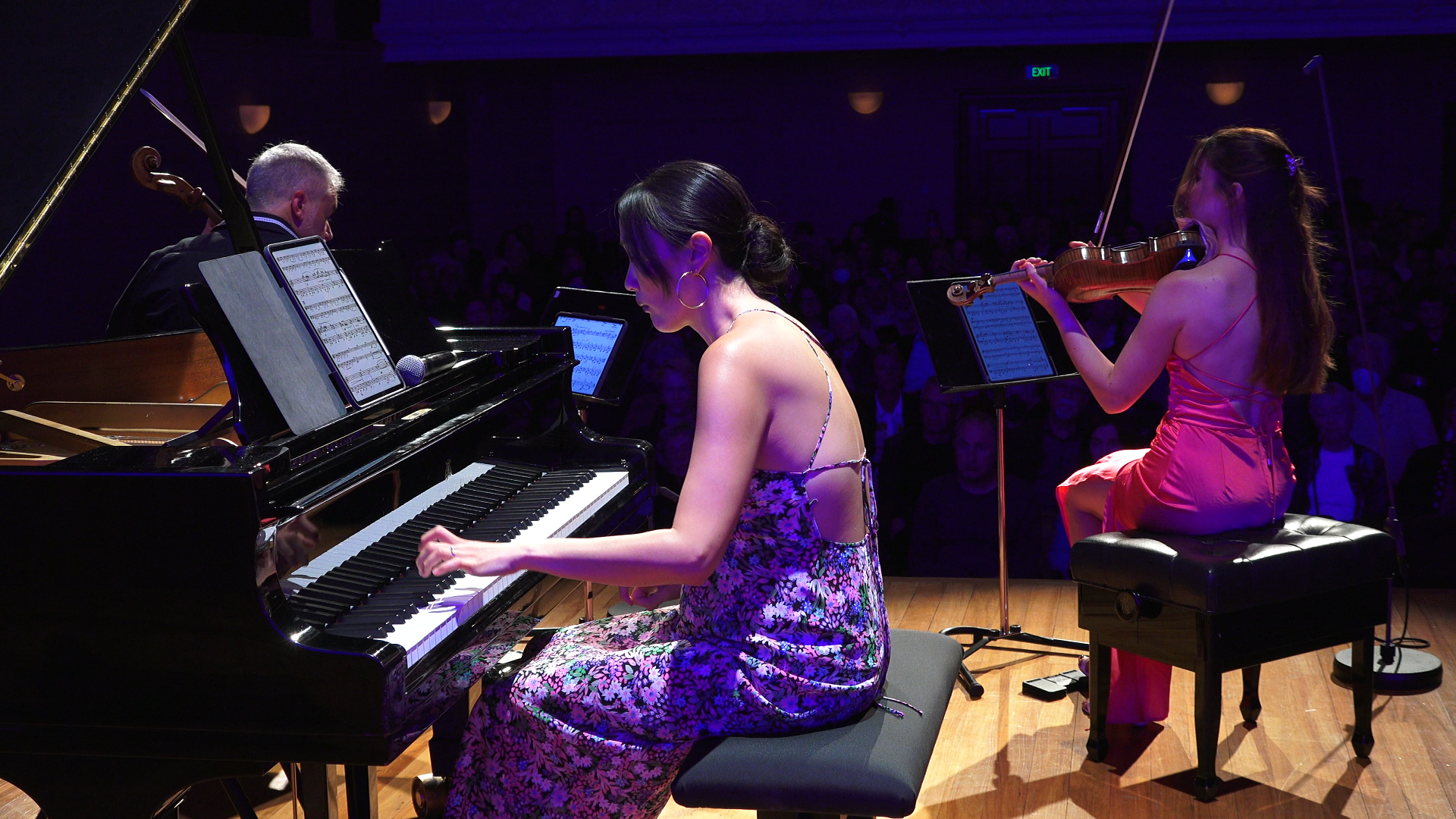NZTrio at Nutpoint
01oct7:30 pm9:30 pmNZTrio at NutpointWest Melton - Christchurch
Event Details
Piazzolla Two Tangos – Primavera Portena and Oblivion Gareth Farr (NZ) Forbidden Colours John Musto (USA) Piano Trio *** Rachmaninov Trio Elegiaque No 2 in d minor, Opus
Event Details
Piazzolla Two Tangos – Primavera Portena and Oblivion
Gareth Farr (NZ) Forbidden Colours
John Musto (USA) Piano Trio
***
Rachmaninov Trio Elegiaque No 2 in d minor, Opus 9
Booking Info:
Tickets $35 pp – which includes light supper at the interval
Book at www.nutpoint.org or phone 03-342 1033
Time
October 1, 2016 7:30 pm - 9:30 pm(GMT+00:00)
Location
Nut Point Centre
Programme Notes
Astor Piazzolla (Argentina, 1921–1992): Two Tangos: Primavera Porteña, Oblivion, c. 8’
Here are the two sides of Astor Piazzolla: the one, the serious symphonic composer; and the other, the undisputed tango king. Born in the midst of the tango craze that was sweeping through Buenos Aires, he served his apprenticeship in the old tango bands, playing his beloved bandoneón and beginning to develop his own style of tango, Nuevo tango, which dispensed with the rigid old rhythms and structures and would very soon make his name.
Primavera Porteña – Spring in Buenos Aires – is from his own version of The Four Seasons, inspired by Vivaldi and dating from the heyday of his first most popular band, the Nuevo Tango Quintet. It was 1965, they had just broken onto television as well as radio, and were performing every night at a succession of wildly popular clubs – the Jamaica, Club 676, Gotan, Michelangelo, where people like Ella Fitzgerald and Marlene Dietrich came when they were in town. Stan Getz heard them play at the 676 and was totally transfixed.
At the other end of the scale, Oblivion is pure tango, an almost unbearably nostalgic paean to youth, written for the last of his movies – Marco Bellocchio’s Henry IV, of 1984. Piazzolla was now onto his second quintet, enjoying worldwide acclaim, and had just had a beautiful reunion with his daughter, in Mar Del Plata south of Buenos Aries, where he had been born. Sadness was mixed with the joy: his mother had recently died, and besieged by reporters, he told them that it was now a sadder place for him now that she was no longer there.
Gareth Farr (NZ; b. 1968): Forbidden Colours – 10’
Gareth Farr studied composition and percussion performance at the University of Auckland and later at Victoria University in Wellington where the characteristic rhythms and textures of the Indonesian gamelan rapidly became hallmarks of his own composition. Farr continued with postgraduate study at the Eastman School of Music in Rochester, New York, and after returning to NZ at the age of 25, Farr was appointed composer-in-residence by Chamber Music New Zealand, the youngest-ever composer to hold that position.
The inclusion of his works in four events at the 1996 New Zealand International Festival of the Arts – the ballet score for Douglas Wright’s Buried Venus, Lilith’s Dream of Ecstasy for orchestra, Kembang Suling, and the Bach-in-Bali piano solo Sepuluh Jari kick-started his career as a dedicated freelance composer. Since then, his music has been heard at, or especially commissioned for high-profile events including the 50th anniversary of the New Zealand Symphony Orchestra, the opening of the Museum of New Zealand Te Papa Tongarewa, and the 2000 Olympic Games in Sydney.
About Forbidden Colours, Gareth writes: ‘I became intrigued by a phenomenon called ‘forbidden colours’ – unseeable by the human eye because their light frequencies automatically cancel each other out. Try to imagine reddish green — not the dull brown you get when you mix the two pigments together, but rather a colour that is somewhat like red and somewhat like green. This colour exists, but we can’t see them simultaneously.
The piece establishes itself as a blurry, impressionistic texture – but soon, things start popping into focus, and then sliding away again out of view. I have tried to create the musical equivalent of when you have to strain your eyes to make something out – to even ascertain if you’re looking at anything at all, or if it’s just a figment of your retinas.’
John Musto (USA; b. 1954): Piano Trio (1998), c. 14’
Moderato
Slowly – Allegro molto – Tempo 1 – Allegro molto
American composer John Musto is regarded as a highly versatile musician, whose activities encompass virtually every genre: orchestral and operatic, solo, chamber and vocal music, concerti, and music for film and television. His music embraces many strains of contemporary American concert music, enriched by sophisticated inspirations from jazz, ragtime and the blues.
Musto has written of Piano Trio: “The tunes in the piece grew out of improvisations at the keyboard. It is cast in two movements: moderate and slow/fast. In the first movement, a songful beginning gives way to a more vigorous contrapuntal exchange, and a final burst of energy in the coda. The second movement alternates a slow, nighttime-in-the-city blues with a frenetic bop section. The lyrical strains of the first movement briefly try to re-emerge, but are swept aside by a violent coda.”
< INTERVAL >
Sergei Rachmaninov (RUS; 1873 – 1943): Trio Élégiaque No.2 in d minor (1893), c. 45’
I Moderato
II Quasi variazione: Andante – Allegro – Lento – Allegro scherzando – Moderato – L’istesso tempo – Allegro vivace – Andante – Moderato
III Allegro risoluto
The musical world was rocked on 25 October, 1893 when Tchaikovsky fell victim to the cholera epidemic in St. Petersburg – and none more so than Rachmaninov, who had been tremendously fond of his mentor. Although Tchaikovsky was no longer teaching at the Moscow Conservatory when Rachmaninov came through, he still headed the examinations board, and had picked the younger composer out for special attention by giving him his very first paid commission (the two piano pieces Op. 1). Rachmaninov had written his first trio élégiaque, his graduation piece in 1892, in tribute to Tchaikovsky – never imagining that this second trio élégiaque would give the true meaning to the words. He began it the same evening of Tchaikovsky’s death, dedicating it ‘To the memory of a great artist’ – and within two months it was done.
It’s a huge, grand and passionate work, written on a much larger scale than his first trio, beginning with a movement in perfect classical sonata form – also a grief-laden lament for Tchaikovsky, in that opening note from the cello. The second movement, Andante, is a variation movement following Tchaikovsky’s own model in his trio Op. 50, with eight variations following the main theme and Rachmaninov very much asserting his brilliance at the piano; and the finale is an outburst of passion and energy when suddenly the strings bring in an echo of the lament at the beginning – and that magical descending phrase brings the trio full circle.


